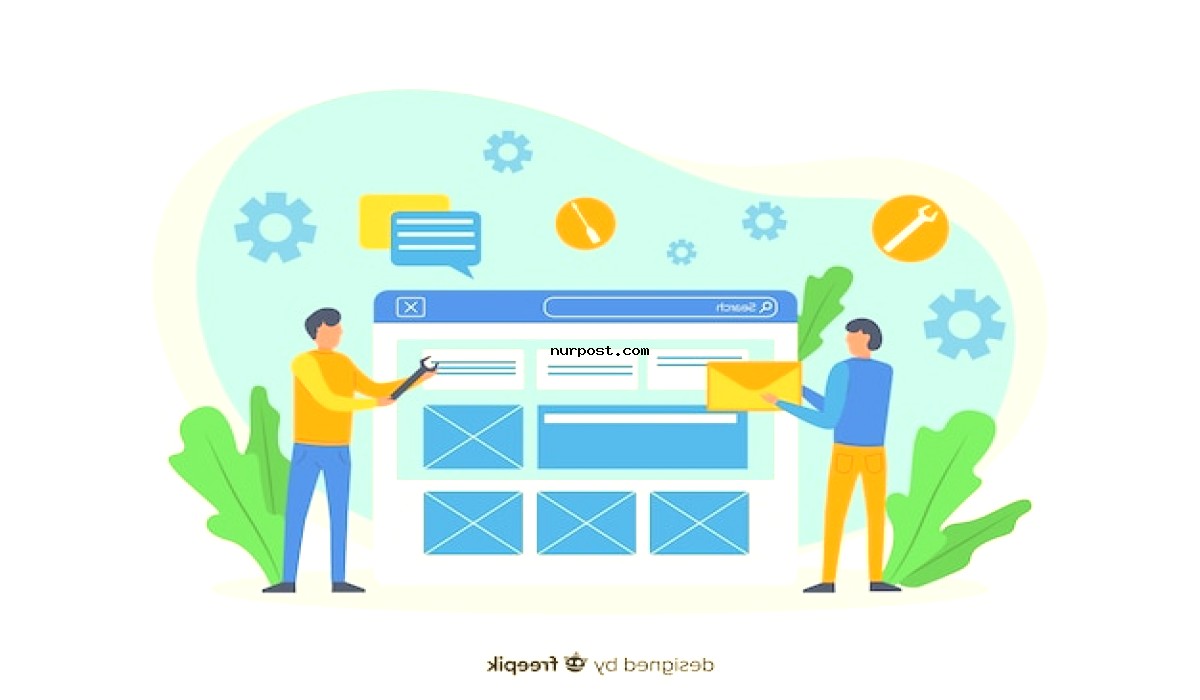How to Make Fastest WordPress Website Without Plugin when Creating the fastest WordPress website without relying on plugins requires a combination of optimized themes, efficient coding practices, and proper server configurations. Here’s a step-by-step guide to help you achieve that:
Choose a Lightweight Theme
Select a lightweight and well-coded theme that focuses on speed and performance. Themes with minimal design elements and a focus on speed will help your website load faster.
Optimize Images
Use optimized and compressed images to reduce their file size without compromising quality. Tools like Photoshop, TinyPNG, or ImageOptim can help you achieve this. Also, consider using responsive images that adapt to different screen sizes.
Minimize CSS and JavaScript
Minimize and combine your CSS and JavaScript files to reduce the number of requests the browser needs to make. You can use online tools or build tools like Grunt or Gulp for this purpose.
Use Browser Caching
Implement browser caching to store static resources like images, CSS, and JavaScript in the visitor’s browser. This reduces the need to download these resources on subsequent visits.
Enable GZIP Compression
GZIP compresses your website files before sending them to the browser, reducing their size and speeding up loading times. Most web servers support GZIP compression, and you can enable it through server configuration or plugins.
Optimize Database
Regularly clean up your WordPress database by removing unnecessary data like post revisions, spam comments, and unused plugins. You can do this manually or use plugins like WP-Optimize.
Use a Content Delivery Network (CDN)
A CDN stores your website’s files on multiple servers around the world. When a user accesses your site, they get files from the nearest server, reducing latency and improving load times.

Eliminate Render-Blocking Resources
Minimize or defer render-blocking resources like CSS and JavaScript that hinder the loading of your web page content. Place JavaScript files at the bottom of your HTML document and use the “async” or “defer” attributes where possible.
Optimize Server Performance
Choose a reliable and fast web hosting provider. Shared hosting might not be suitable for high-performance websites. Consider VPS or dedicated hosting for better control over server resources.
Implement Lazy Loading
Lazy loading delays the loading of images and videos until they’re visible in the user’s viewport. This significantly improves initial page load times, as only the visible content is loaded first.
Reduce External Resources
Minimize the use of external resources such as third-party scripts and widgets. Each external resource adds additional requests and can slow down your website.
Manual Code Optimization
Optimize your theme’s code by eliminating unnecessary HTML, CSS, and JavaScript. Use efficient coding practices to keep your codebase clean and fast-loading.
Regularly Monitor and Test
Use tools like Google PageSpeed Insights, GTmetrix, or Pingdom to regularly test your website’s performance. This will help you identify any bottlenecks and optimize as needed.
How to Make Fastest WordPress Website Without Plugin
By following these steps, you can create a high-speed WordPress website without relying on plugins.
However, keep in mind that maintaining website performance is an ongoing process, and you should periodically review and optimize your site to ensure it stays fast over time.
Minimize External HTTP Requests
Reduce the number of external resources your site requests, such as fonts, scripts, and stylesheets. Use tools like Pingdom or GTmetrix to identify and minimize unnecessary requests.
Optimize Fonts
Limit the number of font styles and weights you use on your website. Also, consider using system fonts or web-safe fonts to reduce the need for external font files.
Use CSS Sprites
Combine multiple small images into a single sprite sheet and use CSS to display specific portions of the sprite where needed. This reduces the number of image requests.
Clean Up Your Permalink Structure
Use a simple and clean permalink structure that includes keywords relevant to your content. Avoid using numbers or excessive punctuation, as this can affect your site’s SEO and usability.
Implement Critical CSS
Critical CSS is the inline CSS needed to render above-the-fold content. By embedding this CSS directly in the HTML, you can prevent render-blocking issues and improve initial page load speed.
Optimize Header Tags
Use proper header tags (H1, H2, H3, etc.) to structure your content. This not only improves SEO but also helps in creating a well-organized and easily readable page for visitors.
Consider AMP (Accelerated Mobile Pages)
Implement AMP for your website’s mobile version. AMP pages are designed to load instantly on mobile devices, providing an excellent user experience.
Disable Pingbacks and Trackbacks
Pingbacks and trackbacks can create unnecessary requests and load on your server. Disable them to reduce server load and improve performance.
Choose Reliable Plugins Wisely
While you’re minimizing plugin usage, if you must use plugins, ensure they are lightweight, well-coded, and actively maintained. Avoid using resource-intensive or poorly optimized plugins.
Use a Performance-Oriented Framework
Some WordPress themes are built on performance-oriented frameworks like Bootstrap or Foundation. These frameworks often come with built-in optimization techniques.
Enable Object Caching
Implement object caching using tools like Memcached or Redis. This stores frequently accessed data in memory, reducing the need to query the database on each request.
Regularly Update WordPress and Themes
Keep your WordPress core, themes, and plugins up to date. Developers often release updates that include performance improvements and security fixes.
Optimize Comments
If your site receives a lot of comments, consider using a third-party commenting system like Disqus. This offloads the commenting process to an external server and reduces server load.
Monitor Server Resources
Keep an eye on your server’s resource usage and performance metrics. This helps you identify any potential bottlenecks and make necessary adjustments.
How to Make Fastest WordPress Website Without Plugin
Remember that each website is unique, so it’s important to tailor these suggestions to your specific needs and circumstances. Regularly testing and measuring your website’s performance will guide you in making informed optimization decisions.
